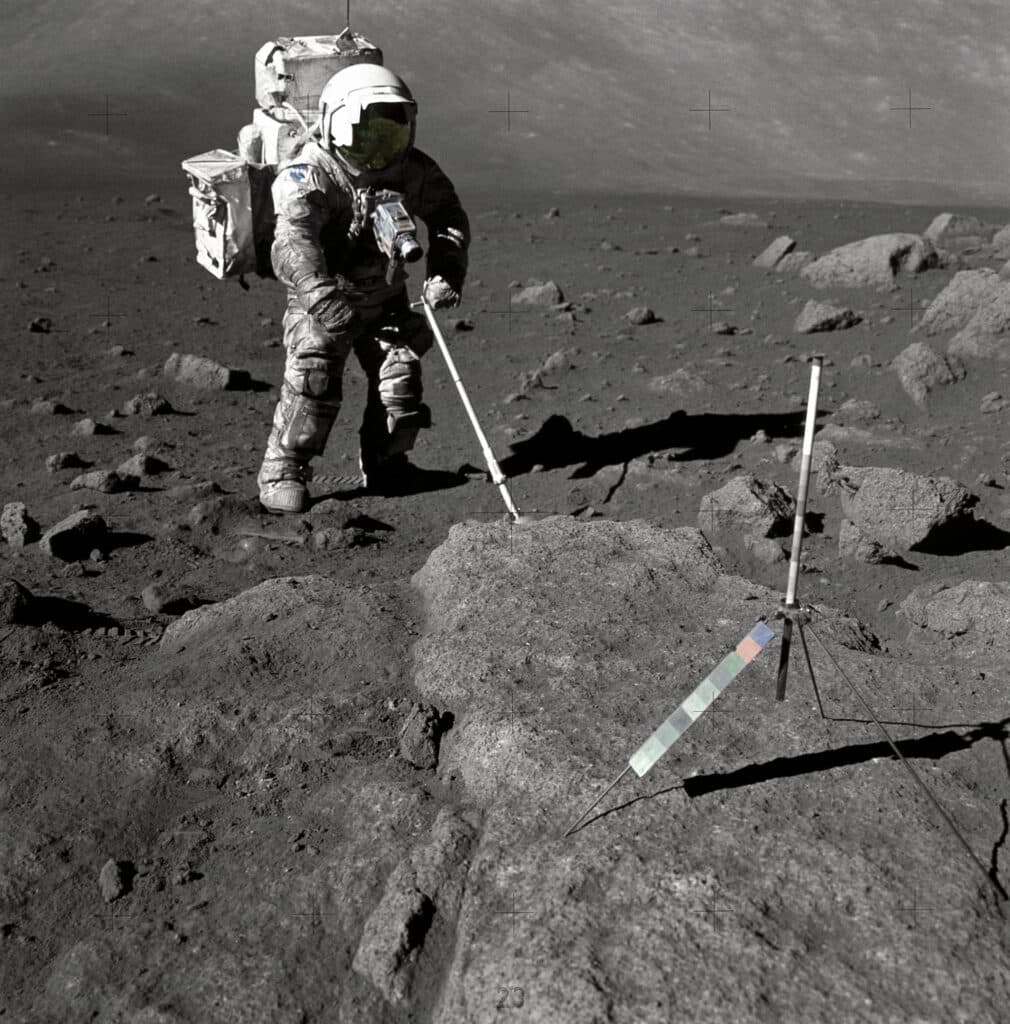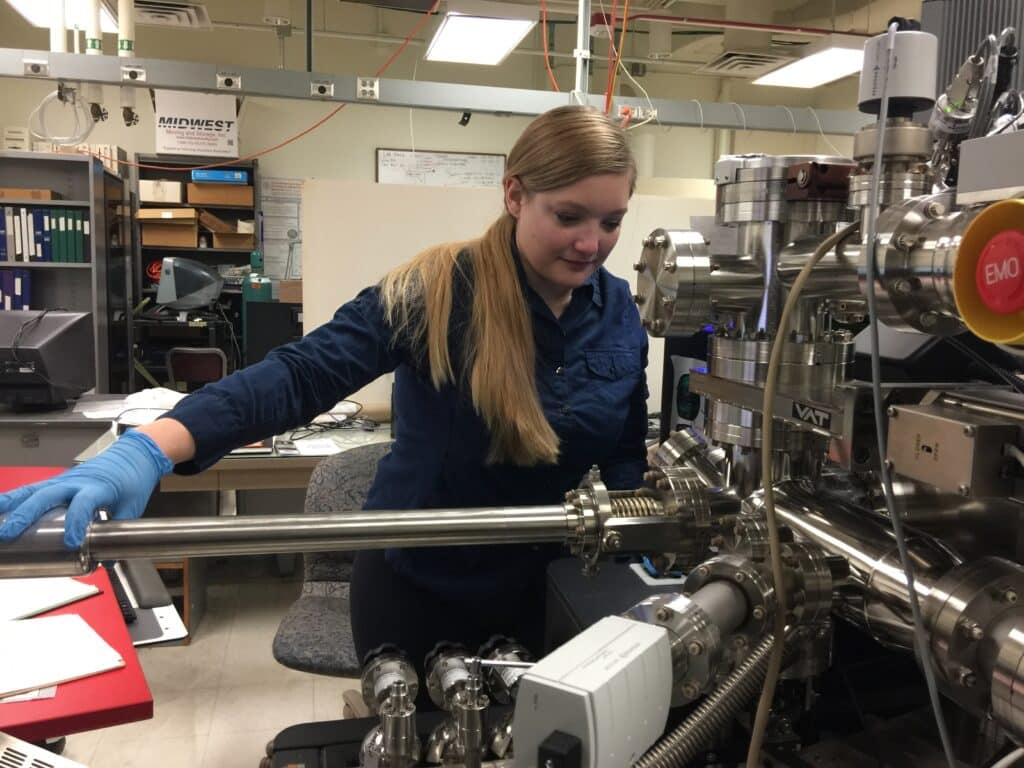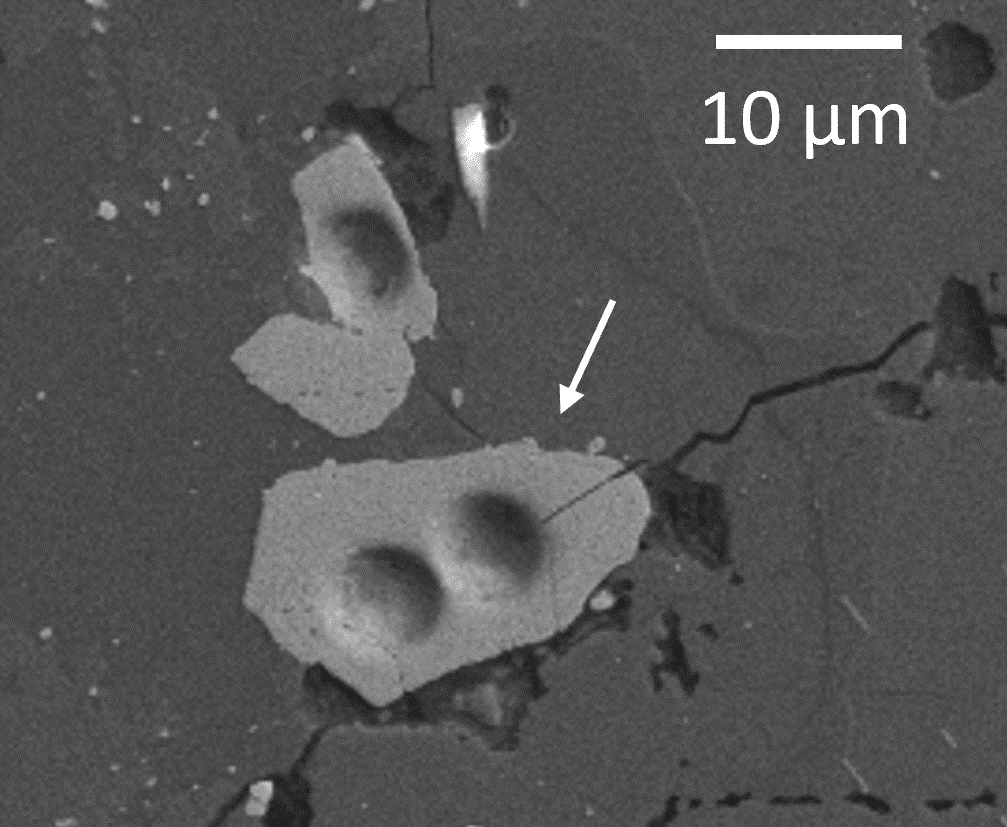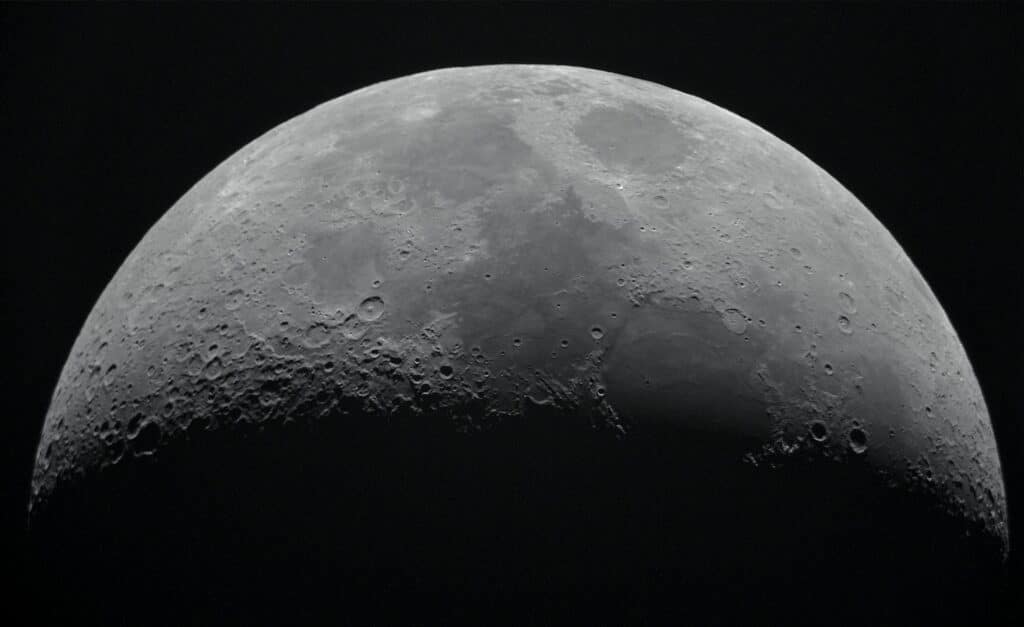We’ll need far more candles on the cake when it comes to celebrating the Moon’s next “birthday.” That’s because scientists have determined it’s actually 40 million years older than previously thought, a conclusion is based on an analysis of ancient lunar crystals.
The Moon’s origin story begins in chaos: a colossal object, as large as Mars, collided with the nascent Earth. The debris from this violent encounter eventually coalesced to form the Moon. However, pinning down the exact timing of this event has puzzled scientists for years.
To solve this puzzle, researchers turned to a lunar time capsule that lies samples of Moon dust, collected during the Apollo 17 mission in 1972. Amongst this dust were zircon crystals, ancient fragments that survived the turbulent times following the Moon’s violent formation.

“These crystals are the oldest known solids that formed after the giant impact. And because we know how old these crystals are, they serve as an anchor for the lunar chronology,” says Philipp Heck, the study’s senior author from the Field Museum and the University of Chicago, in a statement. “When the surface was molten like that, zircon crystals couldn’t form and survive. So any crystals on the Moon’s surface must have formed after this lunar magma ocean cooled. Otherwise, they would have been melted and their chemical signatures would be erased.”
To uncover the crystals’ age, and therefore the Moon’s, the researchers employed a sophisticated technique known as atom probe tomography. Jennika Greer, the study’s lead author and a researcher at the University of Glasgow, describes this process as analyzing the sample “atom by atom.” This method involves sharpening the lunar sample into a fine tip, similar to a pencil sharpener.
“Then, we use UV lasers to evaporate atoms from the surface of that tip,” she explains. “The atoms travel through a mass spectrometer, and how fast they move tells us how heavy they are, which in turn tells us what they’re made of.”

But how does identifying atoms indicate age? It’s all about radioactive decay – the process where unstable atoms lose energy over time. By comparing the quantity of decayed uranium atoms to those of the lead they turn into, scientists can calculate the time elapsed.
“Radiometric dating works a little bit like an hourglass,” Heck analogizes. “In an hourglass, sand flows from one glass bulb to another, with the passage of time indicated by the accumulation of sand in the lower bulb. Radiometric dating works similarly by counting the number of parent atoms and the number of daughter atoms they have transformed to. The passage of time can then be calculated because the transformation rate is known.”
This method revealed that the zircon crystals are around 4.46 billion years old, setting a new minimum age for the Moon.

Reflecting on the importance of this discovery, Greer shares her excitement. “It’s amazing being able to have proof that the rock you’re holding is the oldest bit of the Moon we’ve found so far. It’s an anchor point for so many questions about the Earth. When you know how old something is, you can better understand what has happened to it in its history.”
Understanding the Moon’s age isn’t just a matter of cosmic curiosity. As Heck notes, the Moon plays a vital role in Earth’s history and present-day life, influencing everything from the length of our day to the existence of tides.
By pushing the boundaries of science with atom probe tomography and the study of lunar samples, researchers have not only unearthed details about the Moon’s past but also opened doors to deeper questions about our planet and the broader Solar System.
The research is published in the journal Geochemical Perspectives Letters.












